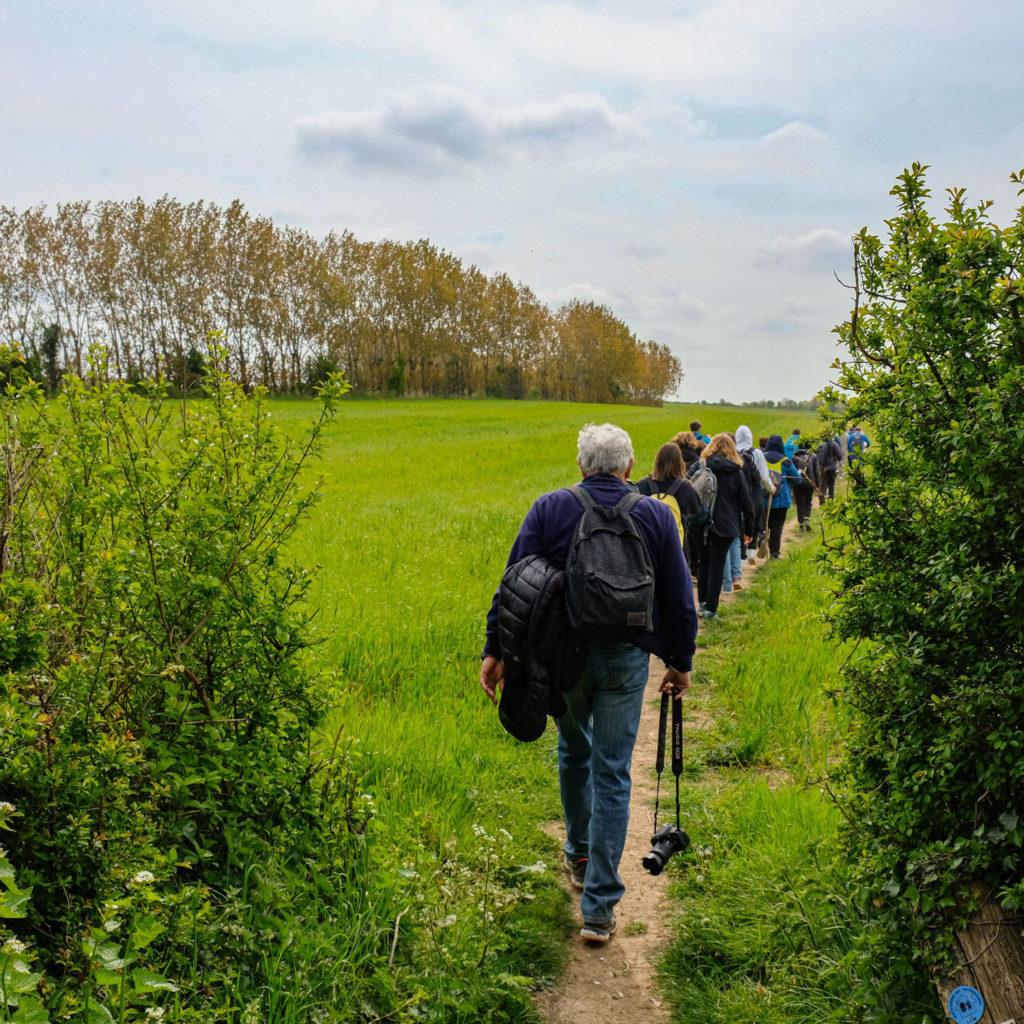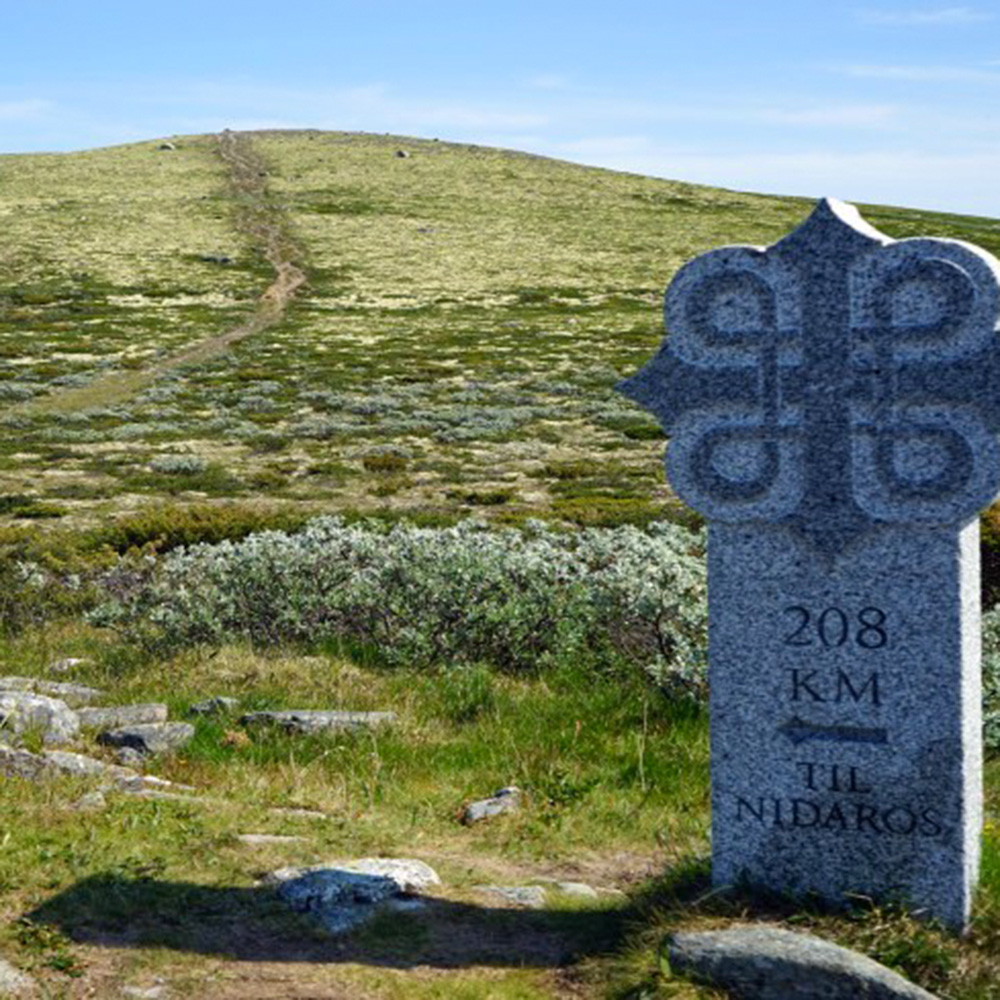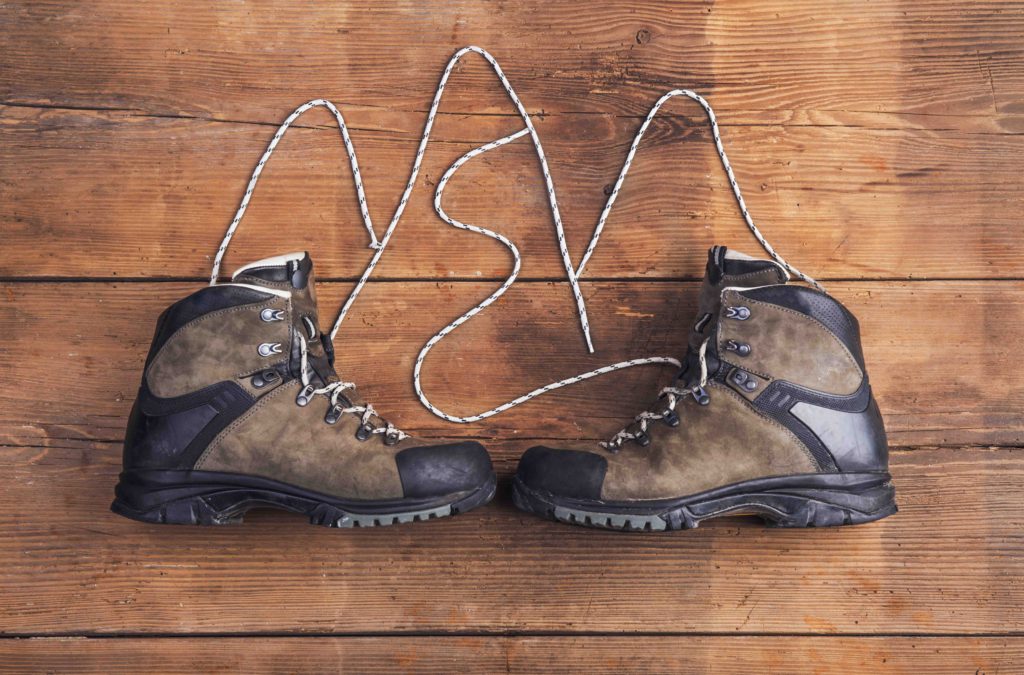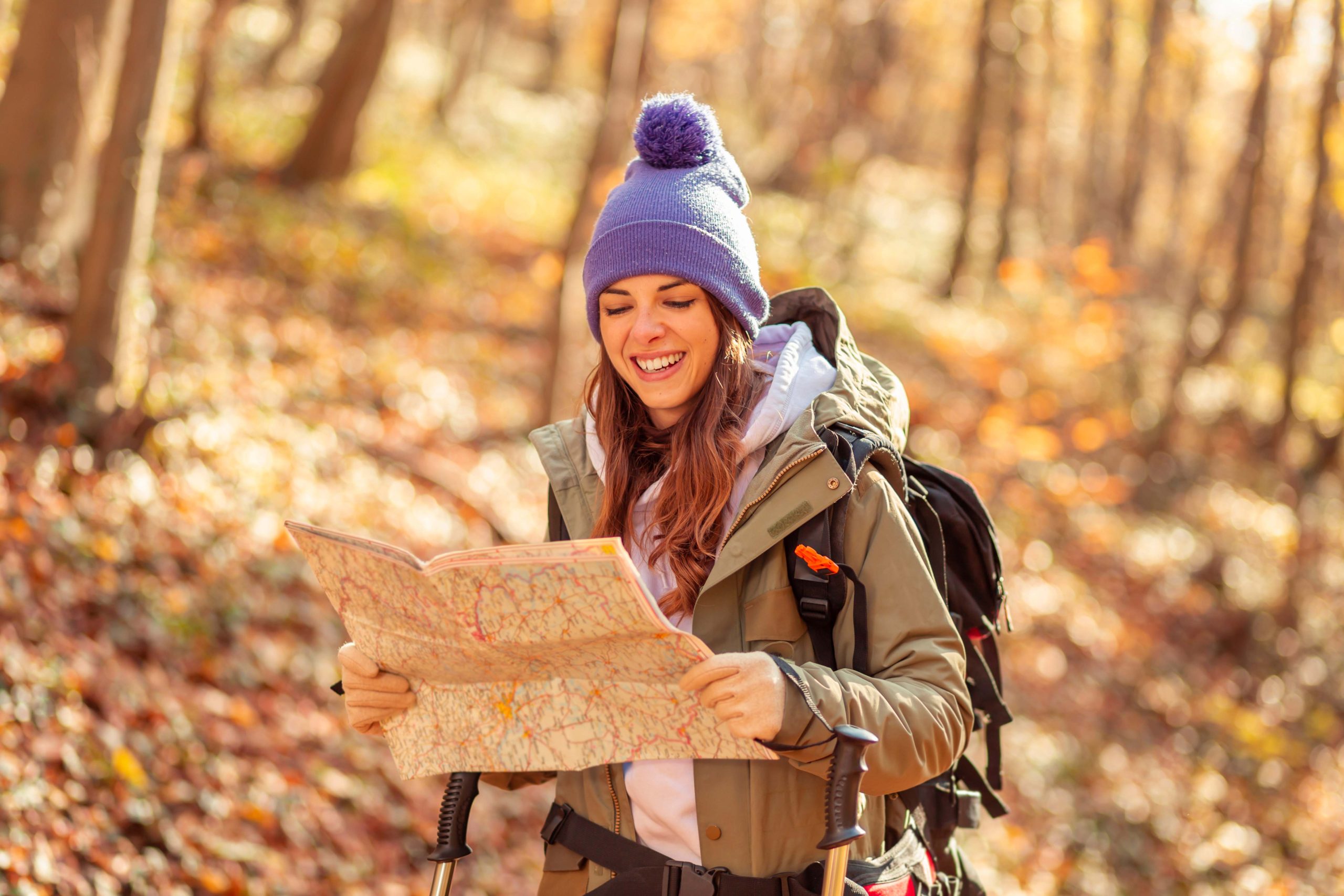Embarking on a pilgrimage in Europe can be a profoundly enriching and spiritually rewarding experience. Whether you’re following the Camino de Santiago in Spain, walking the Via Francigena in Italy, or exploring other historic routes, careful preparation is key to a successful and meaningful journey. In this blog post, we’ll delve into 10 essential tips for a meaningful European pilgrimage on foot.
TABLE OF CONTENTS
- Choose the Right Pilgrimage Route
- Physical and Mental Preparation
- Invest in Quality Footwear
- Pack Light, Pack Right
- Stay Hydrated and Nourished
- Know your Route and Navigation
- Respect Local Customs and Regulations
- Plan Accommodations and Rest Stops
- Stay Open to Spiritual Reflection and Connection
- Embrace Flexibility and Embrace the Journey
Choose the Right Pilgrimage Route
Embarking on a pilgrimage is a transformative journey, an opportunity to connect with oneself, the environment, and with other people. Europe offers a rich variety of pilgrimage routes to choose from, each with its unique history, scenery, and challenges. Choosing the right route is crucial for a fulfilling experience. When choosing the long distance hiking trail that works for you, we recommend you keep the following things in mind:
- Consider your motivations: Are you seeking a spiritual awakening, a physical challenge, or a cultural immersion? Each route offers a blend of these elements, so identify your primary reason for walking.
- Assess your fitness level: The length and terrain of each route vary significantly. If you’re a novice walker, opt for shorter or less demanding routes. As your fitness improves, you can tackle longer or more mountainous paths.
- Embrace your pace: Pilgrimage is not a race. Allow yourself enough time to soak in the surroundings, interact with fellow pilgrims, and reflect on your journey.
- Choose a suitable season: Avoid extreme weather conditions. Spring and autumn are generally considered the best times to walk, offering pleasant temperatures and fewer crowds.
- Prepare for language barriers: Changes are you will be walking in a country where you don’t speak the language. Learn basic phrases in the local language to enhance your interactions and appreciate the cultural context.


Physical and mental preparation
Long distance hikes are both a physical as well as a mental challenge. Many often underestimate the mental part of the journey, which by experienced hikers is often seen as the most challenging part. While you can train and prepare physically for your hiking adventure in Europe, it’s a bit more tricky to prepare for unforeseen and unexpected situations or circumstances along the road.
Physical preparation
To physically prepare for your journey we recommend to build endurance gradually, increasing your walking mileage and intensity bit by bit to strengthen your cardiovascular system and leg muscles. It’s also a good idea to practice carrying a backpack using weighted packs to simulate the demands of carrying supplies on your journey. A good rule of thumb is that your backpack shouldn’t weigh more than 15-20% of your own weight. You can start your training with a light backpack and slowly increase its weight until you reach your personal maximum. When preparing for your walk, also make sure to train in diverse terrains simulating the varied landscapes you’ll encounter on the trail, including hills, mountains, and uneven paths. Another vital part of your physical preparation is what to give your body as fuel: maintaining adequate nutrition in terms of a balanced diet rich in carbohydrates, proteins, and healthy fats will support your energy levels throughout the hike.
Mental preparation
As we’ve mentioned before, preparing mentally for your hiking adventure in Europe is a bit more difficult compared to its physical counterpart since you’ll never really know how things will turn out. But that’s the beauty of it, isn’t it? It’s probably one of the reasons you decided to start your journey in the first place: to discover new places, to venture out into the unknown, to meet new people, to challenge yourself. Developing a positive and flexible mindset is therefore probably one of the most important things: know that many things won’t go according to plan and that you’ll need to improvise (almost) on a daily basis. You’ll learn to embrace the journey focusing on the experiences, interactions, and personal growth that the pilgrimage offers, rather than solely on the destination. Connecting with fellow pilgrims along the road will also be a great source of inspiration and support, and sharing your experiences together may set the basis for long-lasting (cross-border) friendships.
Invest in Quality Footwear
Your choice of footwear can make or break your pilgrimage experience. Invest in comfortable, well-fitting walking shoes or boots that provide ample support and have been broken in before the journey. Consider bringing an extra pair of shoes for variety and to alleviate any potential discomfort.


Pack Light, Pack Right
Packing strategically is crucial for a successful pilgrimage. Create a detailed packing list that includes only the essentials. Opt for lightweight, moisture-wicking clothing, and remember to dress in layers to adapt to changing weather conditions. Include a well-equipped first aid kit, necessary toiletries, a reliable navigation tool, and a comfortable backpack that distributes weight evenly.
Stay Hydrated and Nourished
Proper nutrition and hydration are vital for maintaining energy levels during your pilgrimage. Carry a refillable water bottle and pack nutrient-dense snacks like nuts, dried fruits, and energy bars. Be mindful of local food options, and savor the opportunity to experience traditional dishes along the way.
Know Your Route and Navigation
Familiarize yourself with the specific details of your chosen pilgrimage route. Study maps, read guidebooks, and consider using a GPS device or a navigation app on your smartphone. Understanding the terrain, landmarks, and key milestones will help you navigate with confidence and stay on the right path.
Respect Local Customs and Regulations
Being aware of and respecting local customs, traditions, and regulations is essential for a harmonious pilgrimage experience. Understand the cultural sensitivities of the regions you will be passing through and act accordingly. Follow any posted guidelines and be considerate of fellow pilgrims and local communities.
Plan Accommodations and Rest Stops
Research and book accommodations in advance, especially in popular pilgrimage destinations. Consider a mix of hostels, guesthouses, and albergues to experience different aspects of the journey. Factor in rest days to allow your body to recover and explore significant sites along the way.
Stay Open to Spiritual Reflection and Connection
A pilgrimage is not only a physical journey but also a spiritual one. Take time for quiet reflection, meditation, or prayer. Allow yourself to be present in the moment and be open to the profound insights and connections that may arise during your pilgrimage.
Embrace Flexibility and Embrace the Journey
While planning is crucial, be prepared to adapt to unforeseen circumstances. Weather, trail conditions, and personal circumstances may require you to change your itinerary. Embrace the unexpected and view it as an opportunity for growth and learning. Remember that the true value of a pilgrimage lies in the journey itself, not just the destination.
Embarking on a European pilgrimage on foot is a transformative experience that requires thoughtful preparation and a receptive spirit. By choosing the right route, preparing physically and mentally, and packing wisely, you set the foundation for a meaningful journey. Staying mindful of local customs, nourishing your body, and nurturing your spirit are equally important aspects. Finally, remain open to the unexpected and embrace the journey in all its facets. With these ten essential tips in mind, you are well-equipped to embark on a pilgrimage that will leave a lasting impact on your life. Safe travels and may your journey be filled with profound moments of insight and connection.

